How to use a screwdriver
How to tell your Philips from your Robertson and the lowdown on whether it’s worth investing in electric
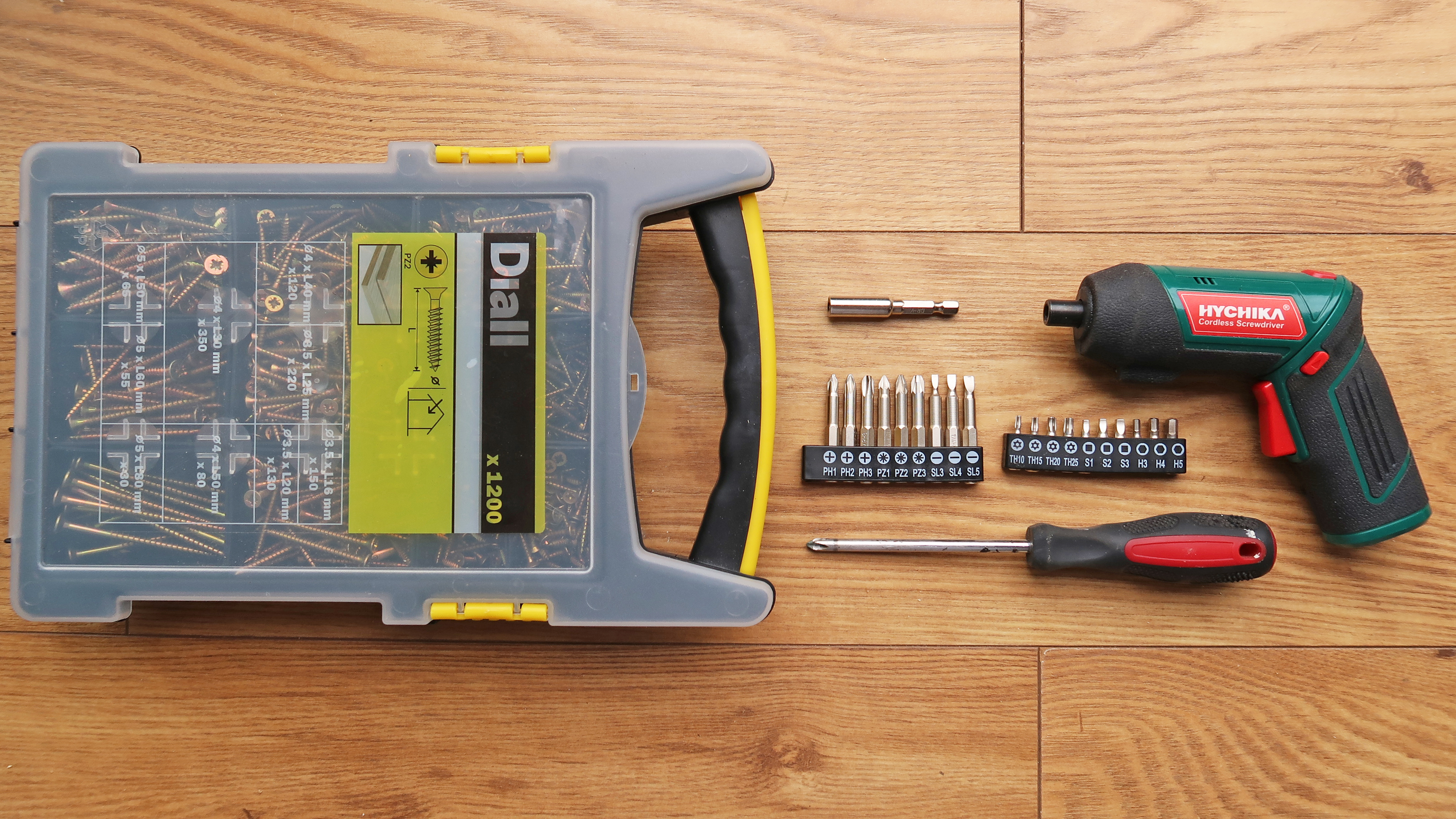

I’m going to jump right in here and assume that you’ve seen a screwdriver before. If you haven’t, you’re in luck, as I’ve added a few images below! I’m also gonna guess that you are familiar with the generic concept of a screwdriver, but need a bit more clarity around the different types available and which ones are best for common DIY tasks.
Perhaps you’ve taken a stroll down the fixings aisle of your local hardware store and felt a bit overwhelmed at the variety of screw types available, or maybe you’ve bought a piece of flatpack furniture and aren’t sure which tools are best for assembling it.
Don’t panic! Here’s my straight-talking, no-nonsense guide to screwdrivers, which contains everything you need to know for successful DIY projects with screws.
Why you need a screwdriver
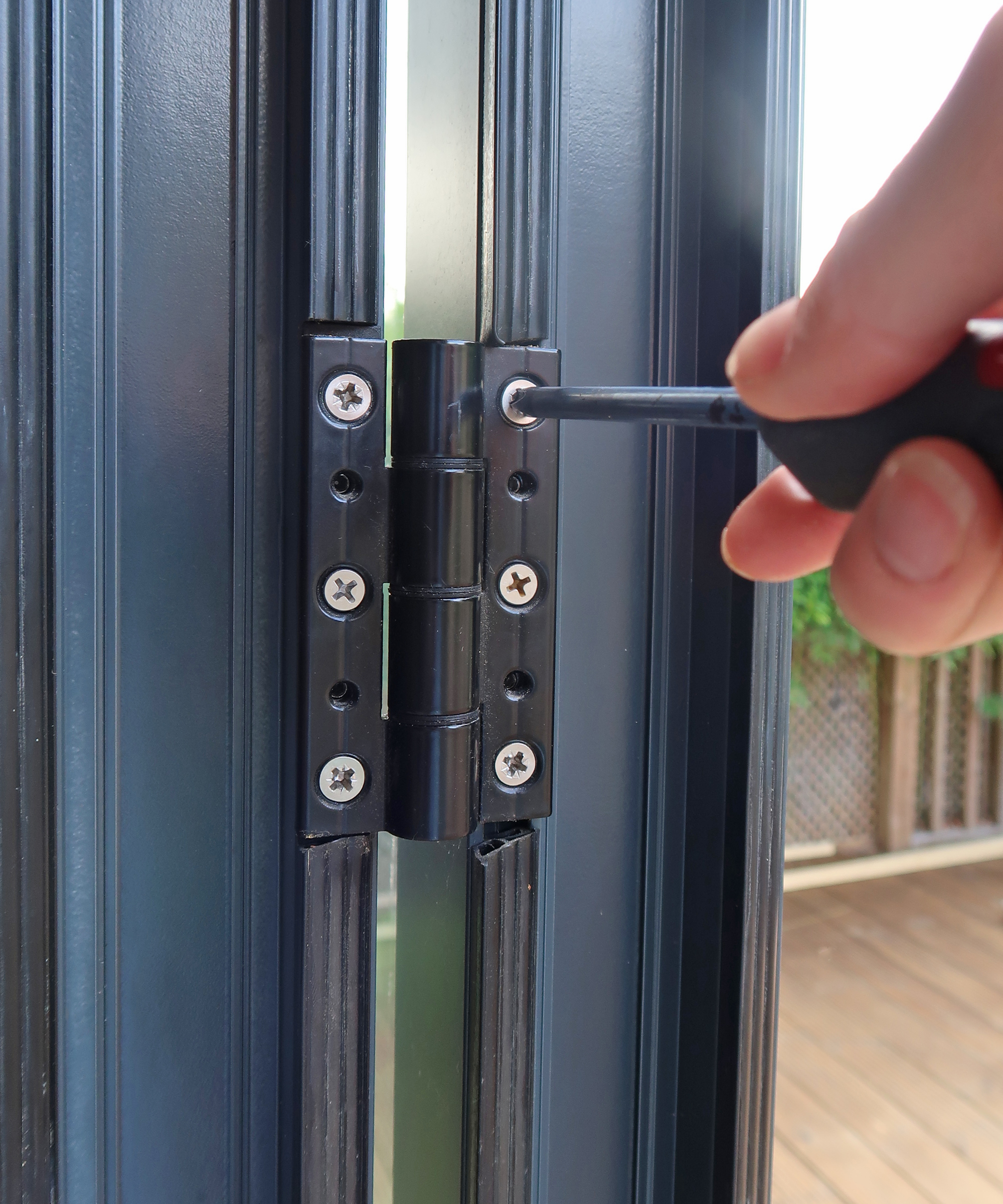
Screwdrivers are handy… fact! Aside from anything else, they are great for opening tins of paint, but they really come into their own for lots of common DIY tasks, like the following for example.
- Fitting curtain poles or blinds
- Assembling flatpacks
- Unscrewing hinges for painting kitchen cabinets
- Swapping the handles on doors or drawer fronts
- Putting up shelves
- Hanging pictures or mirrors
- Adjusting hinges
In fact, any job where you need to fix or attach materials will usually benefit from the use of a screwdriver, especially where you might want to detach them again at some point in the future as this rules out gluing as an option.
How many screwdrivers do I need?
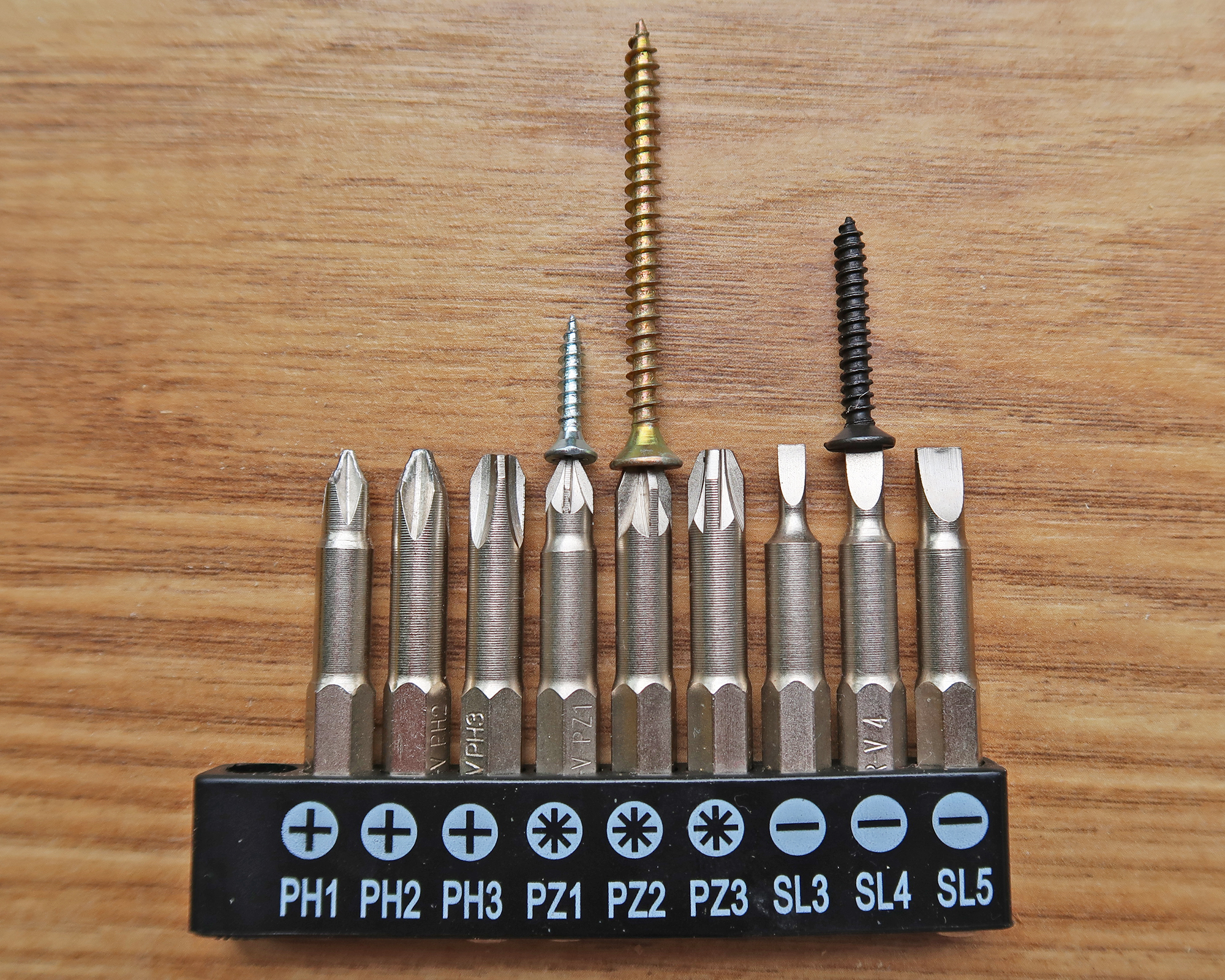
When starting a new DIY project from scratch, you can select your go-to screw; meaning that you’ll only need the corresponding screwdriver for the job. However, as anyone who owns or rents a home will know, you have no control over the screw choices of the previous occupants so it’s a good idea to have a selection of screwdrivers in your toolkit encompassing the most common screw heads. I would recommend the following…
For the UK:
Get small space home decor ideas, celeb inspiration, DIY tips and more, straight to your inbox!
- Slotted (commonly known as a ‘flathead’)
- Pozidriv (commonly misspelled as ‘posidrive’)
- Phillips screwdriver
In the US:
- Torx screwdriver
- Robertson screwdriver
Forget about Pozidriv in the States as they are not as common as Phillips.
It is helpful to have each type in sizes 1,2, and 3. If you wear glasses or have kids (with toys) then some precision screwdrivers are a good idea and some Alun keys are always handy too.
Alternatively, why not cover all the bases by purchasing a multi-bit screwdriver which comes with a set of detachable heads allowing you to swap to fit the requirements of each job you complete.
Top tip: A multi-bit ratcheting screwdriver (like this 20 bit Stanley from Amazon) is a super handy toolkit addition. You’ll be prepared for dealing with all the most common screw types and the ratcheting feature means that you won’t have to keep adjusting your grip on the handle when tightening and loosening screws as the handle re-sets itself on each turn, making your life easier.
How do I know which screwdriver to use?
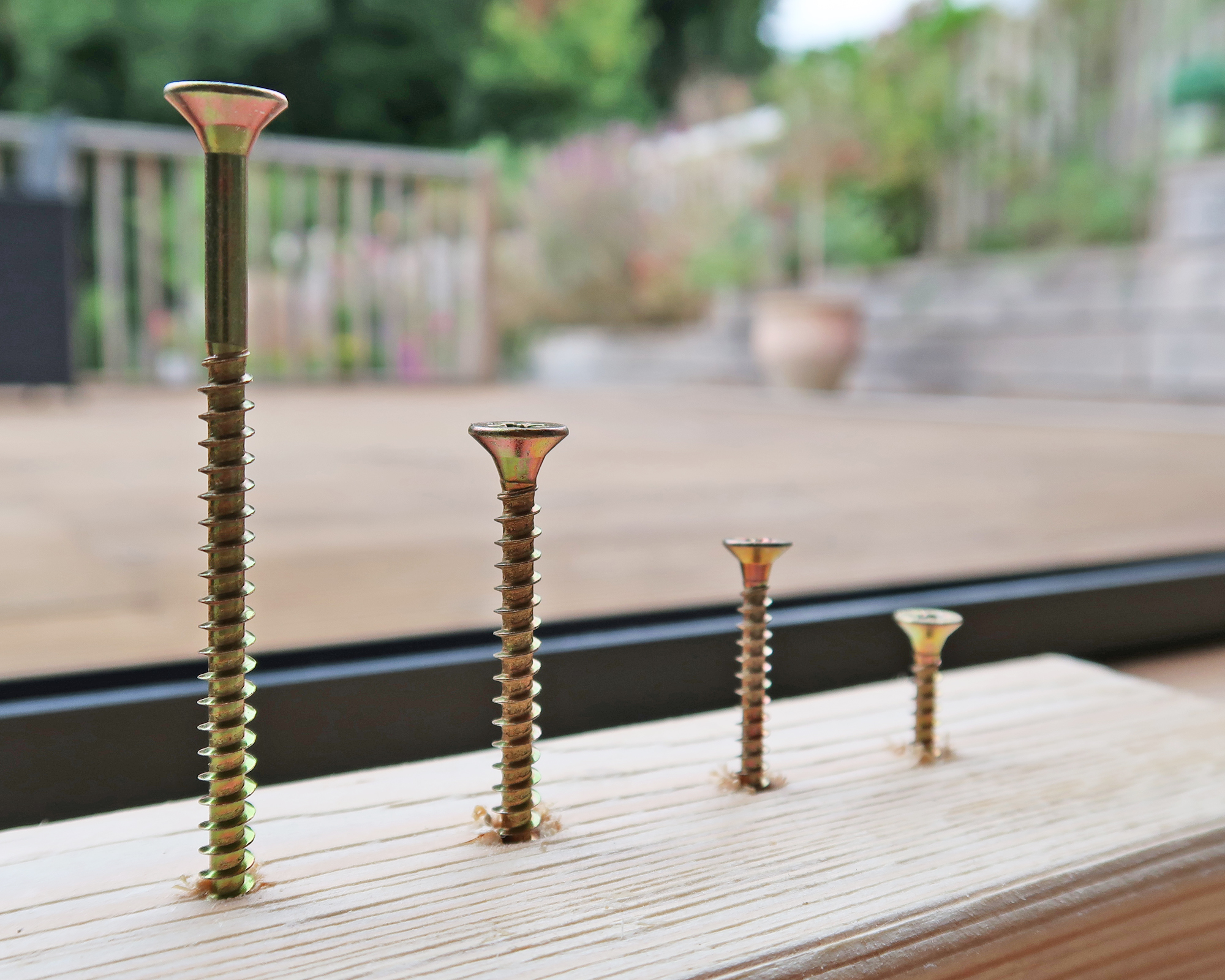
Ever grabbed a screwdriver to tighten or loosen a screw and found it keeps slipping around and you can quite get it to fit neatly in the screw head? In fact, using the wrong screwdriver can actually damage the screw head which can be a real problem, so it’s important to know what to look out for.
When you buy a pack of screws, the label on the box or bag will tell you all the info you need to know. It will advise the screw head type and size for example Phillips size 1, would be noted as PH1.
The UK label below tells us that the screw diameter is 5mm, the length is 80mm, they are for interior use and the screw head is set up for a ‘PZ2’ (Pozidriv size 2) screwdriver.
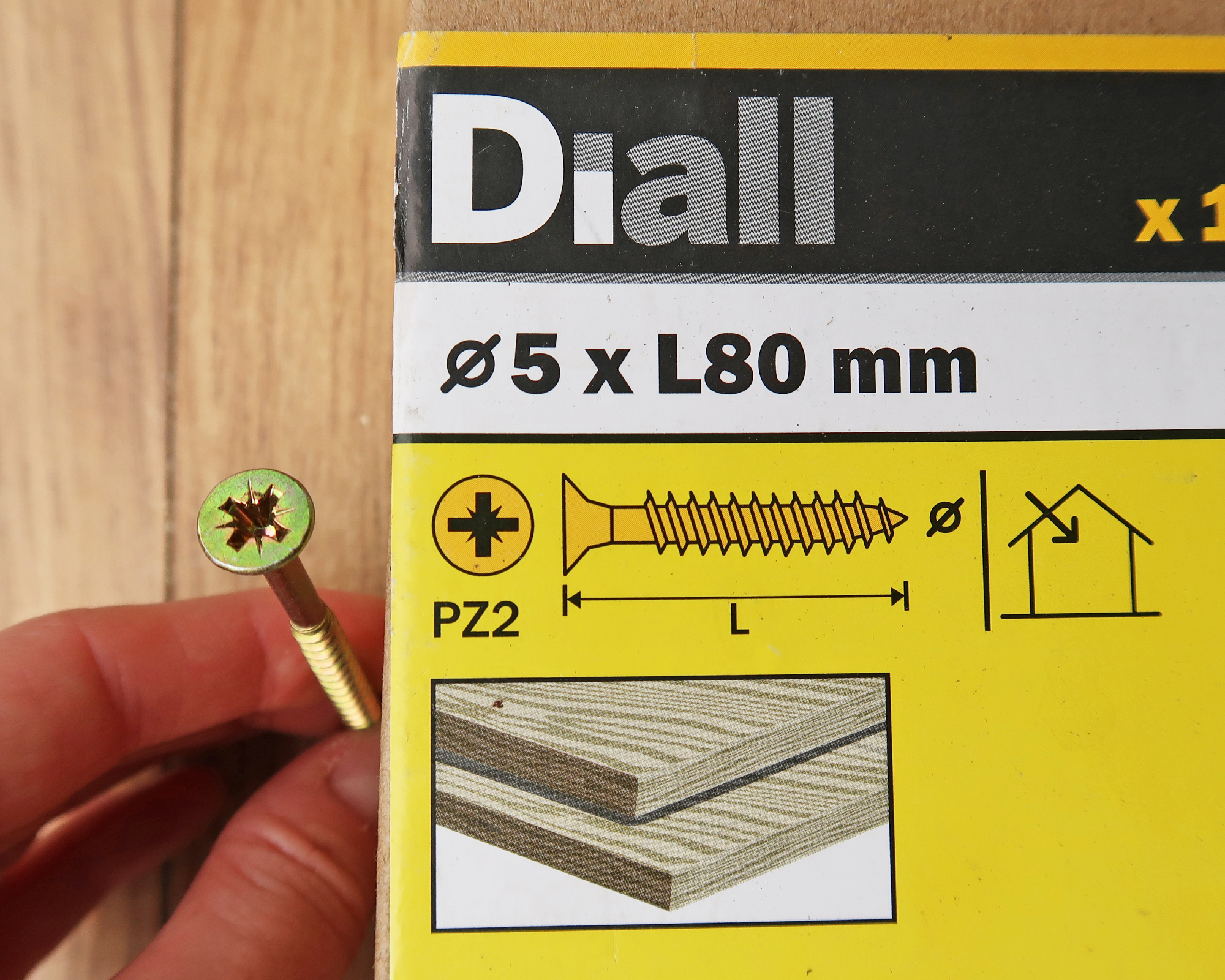
With US screws, the information is similar but the measurements will be imperial so instead of millimeters you will see inches and the diameter of the screw will be assigned a number (between 1 and 10) which corresponds to the Unified Thread Standard (UTS).
Top tip: If the screw in question is not newly purchased, but already in place, you can tell they type from the shape on the screw head. A straight line/notch means you need a slotted screwdriver, Phillips heads have a cross shape, Pozidriv is similar to Philips but has an additional set of lines in between each arm on the cross, Robertson heads have a square notch and Torx heads have a star-shaped notch.
How to tighten a screw
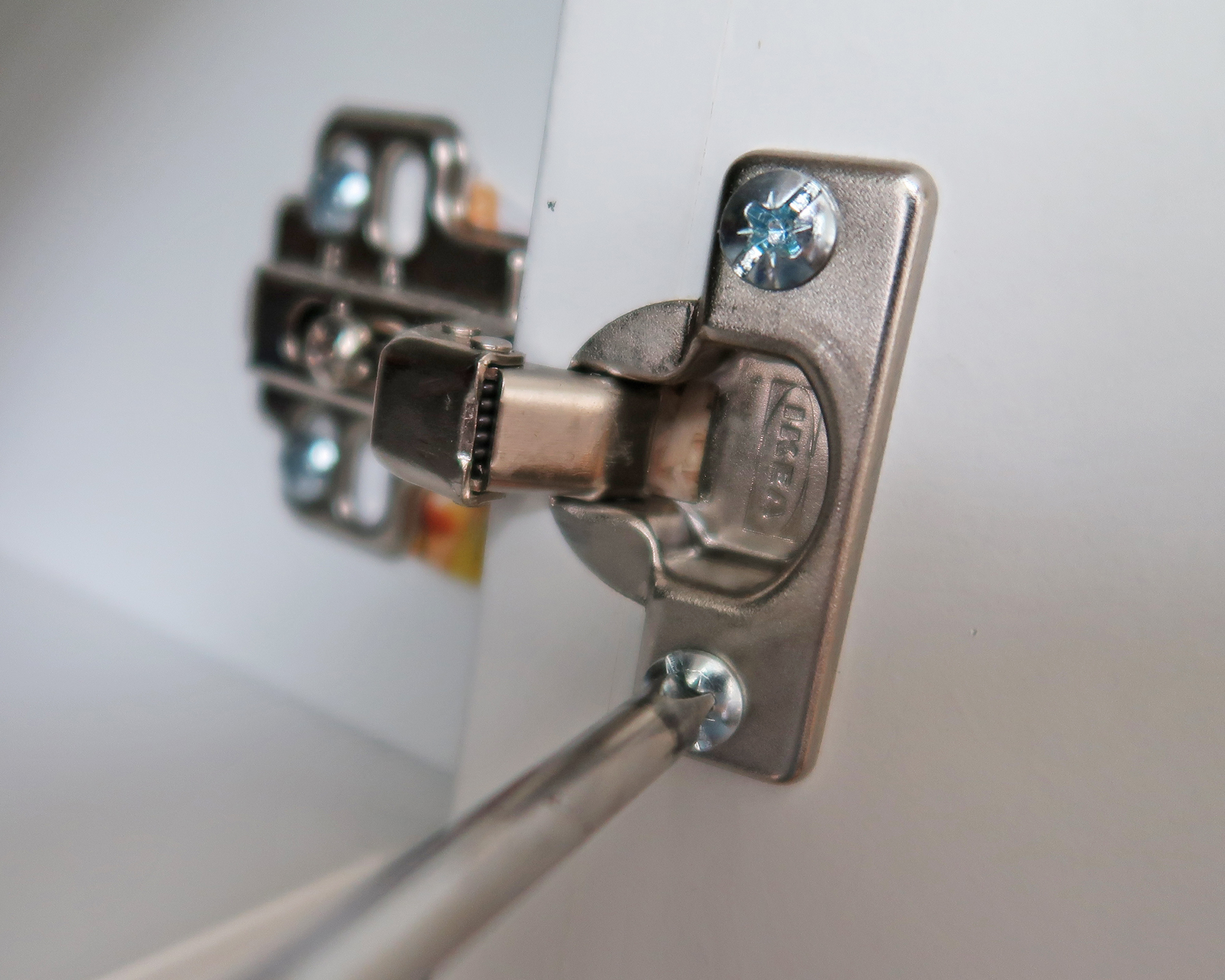
If you want to tighten a screw you should engage the correct screwdriver tip with the screw head and using your dominant hand turn the screwdriver clockwise.
How to loosen a screw
To loosen a screw, you should complete the above in the reverse direction, so turn your hand anti-clockwise.
How to use an electric screwdriver
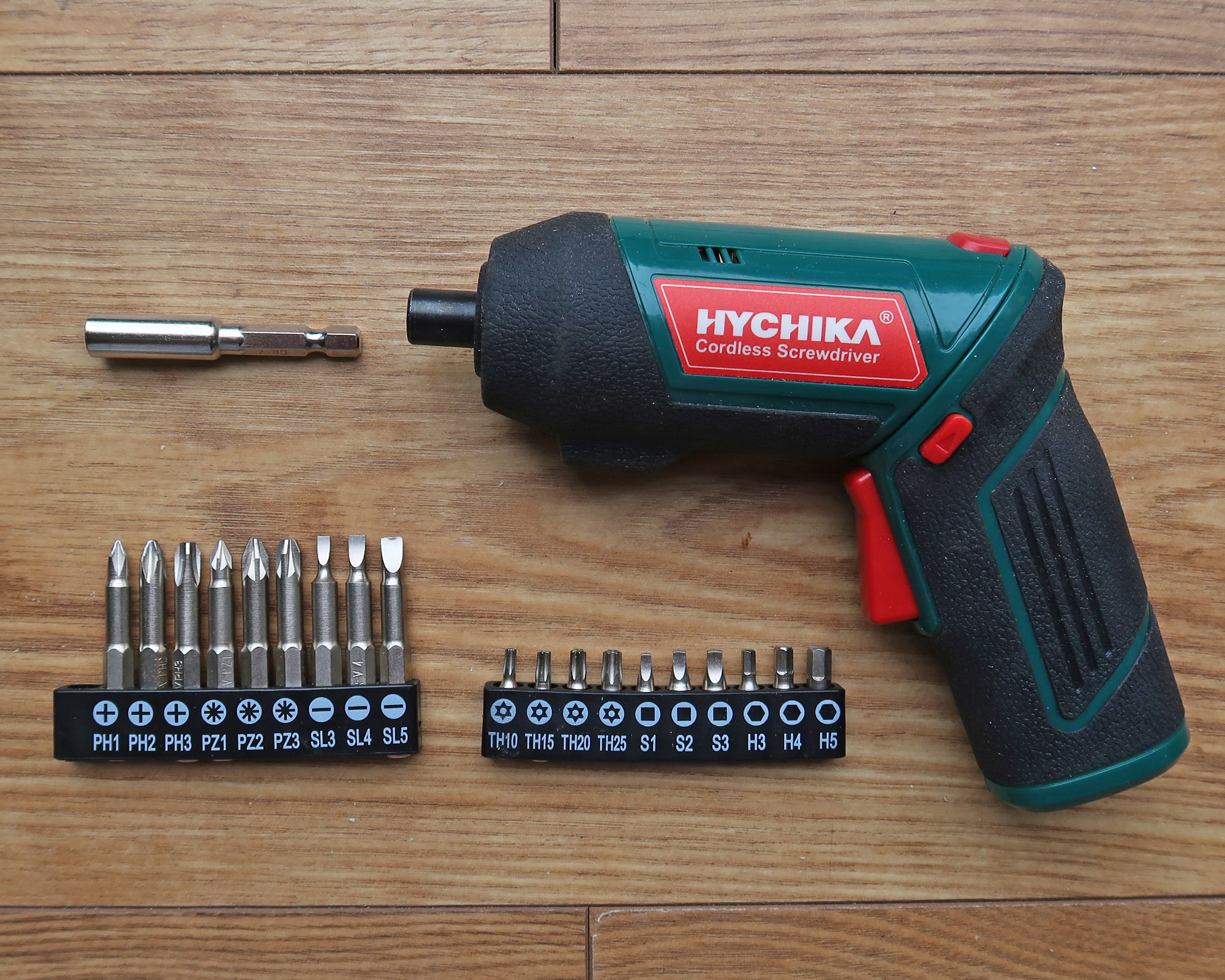
This budget-friendly Hychika Cordless Screwdriver includes 20 bits and an LED to help you see what you are doing
Electric screwdrivers work in the same way as hand tools but have the added advantage of a motor that turns the screwdriver automatically and takes the strain off the operator. Another advantage of electric screwdrivers is that they usually come with a selection of heads to use on the common screw types.
There is a switch on the tool that determines the direction of spin, ensure it is set to clockwise for tightening and anti-clockwise to loosen.
Are electric screwdrivers worth it?
The answer to this probably depends on how much DIY you do. There’s no doubt that they make life much easier if you’re working with screws, but they are more expensive and take up a little more storage space than the manual ones. With electric screwdrivers, there is also ongoing maintenance to consider, like replacing or charging the battery, for example. And, they shouldn't be used for sensitive jobs like screwing a TV onto a bracket as they can over-tighten and damage the TV.
I would recommend getting an electric screwdriver if you are a fan of flat-pack furniture or are partial to an IKEA hack as they really do make light work of fixing screws into predrilled holes and will save you a lot of time and the occasional blister!
There are some good value, entry-level electric screwdrivers which are great for light work. These models often don’t have the power needed to drive screws into construction timber and can struggle with larger projects so aren’t great for die-hard DIYers who will need a bit more oomph behind them.
Can I use my drill as a screwdriver?
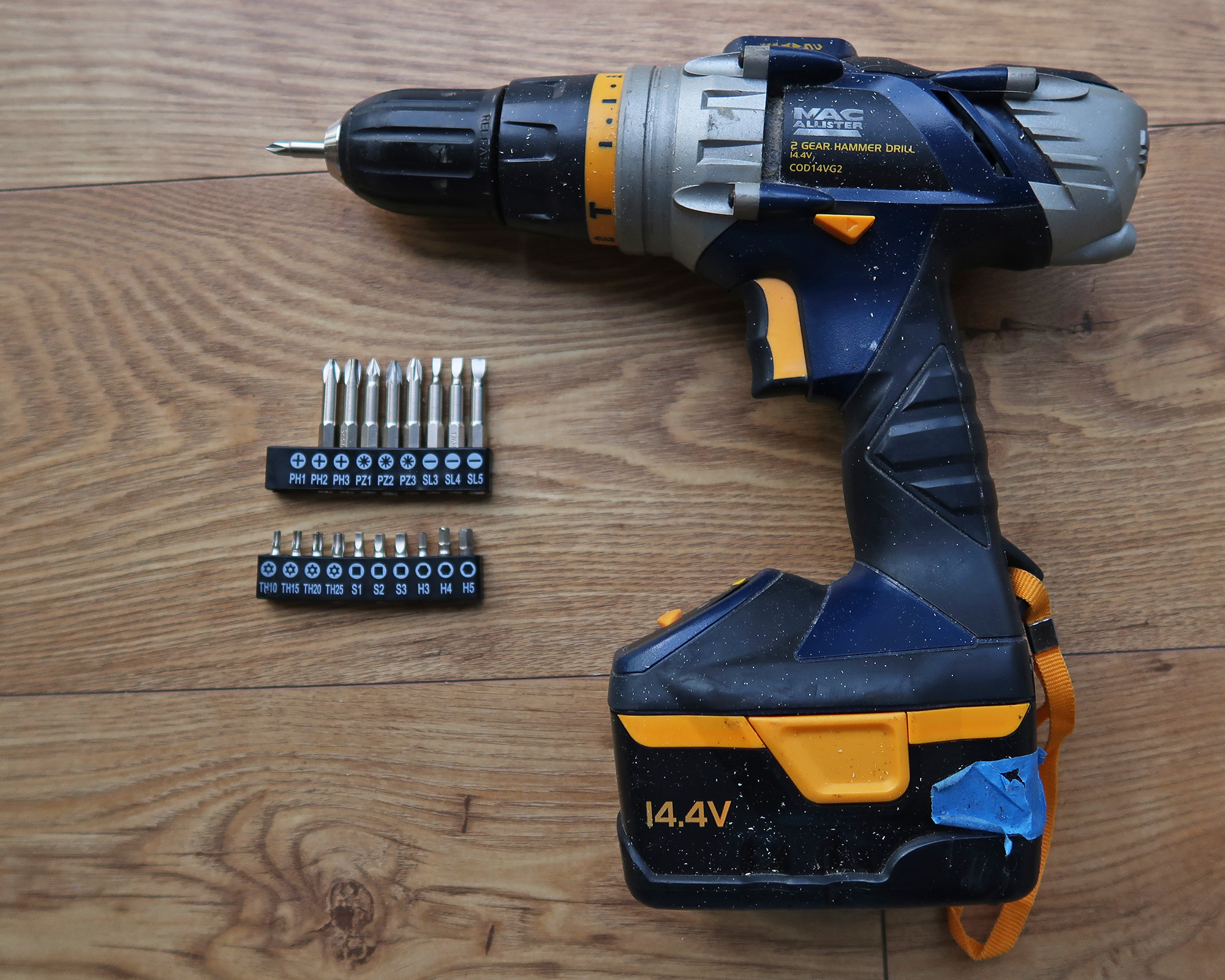
Before I purchased an electric screwdriver I regularly attached a screwdriver attachment to my drill and used it like an electric screwdriver. The downside of this plan is that a drill is bulkier and heavier than a compact electric screwdriver. Inevitably this will be hard on your wrists if you have lots of screws to work with and if you are drilling pilot holes for the screws then you have to keep swapping the drill and screwdriver attachments which can be a bit fiddly.
On the whole, it’s quite a good compromise if you aren’t ready to cough up the cash for a new toy (sorry I mean tool)!

I'm happiest when I have either a drill or paintbrush in my hand! I specialise in room transformations on a budget and love experimenting with different styles and techniques which I share on my Instagram. I believe that your imagination, not your budget, should be the limiting factor when transforming a room and I love thinking of creative ways to build custom and bespoke-looking furniture using flatpacks or upcycle finds.
I also love writing and my home improvement blog (ClaireDouglasStyling.co.uk) is my passion project where I share creative ideas for interior styling and DIY tips and tutorials.